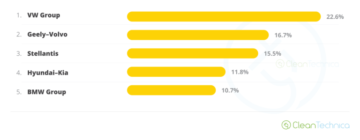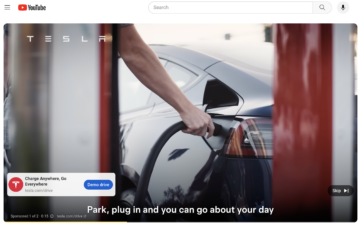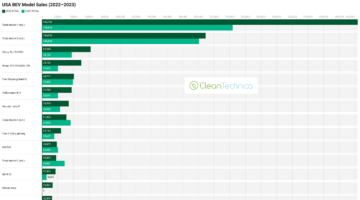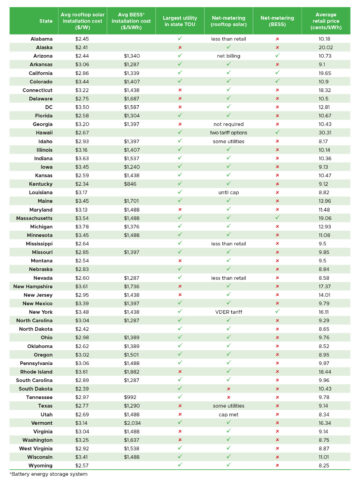Tesla owner and FSD Beta tester JRC has uploaded a video on YouTube that shows an issue that has hurt many drivers. JRC was on their way to work and was using FSD Beta. The car’s collision alarm went off despite no other cars on the road, and then you see the vehicle was able to avoid hitting a dear. JRC noted that their hands were on the wheel and the pressure caused disengagement after the car moved around the deer.
In the video, the deer looked to be about to cross into the road — it was on the right of the vehicle. A vehicle without FSD could have easily hit the deer, a common accident that has injured and even taken lives of many people (and deer).
According to the Insurance Institute for Highway Safety (IIHS), there were 190 deaths from collisions with animals in 2018, and these occurred the most often during July–September. It also noted that from 1975 to the mid-2000s, this was a bit higher, but it has fortunately leveled off over the past decade. (Automatic emergency braking, which has become quite common in new cars, may be helping to bring those numbers down.)
State Farm noted that, on average, American drivers have a 1 in 116 chance of a collision with an animal. Between July 1, 2019, and June 30, 2020, there were over 19 million animal insurance claims in the U.S. The worst place for these is West Virginia, with 1 in 37 drivers making an insurance claim based on this type of accident. State Farm added that most of the animal collisions are with deer. There were around 1.5 million deer claims for the industry between July 1, 2019, and June 30, 2020. State Farm also advised not to swerve or veer off the road for the deer but to instead just slow down. In fact, State Farm has a full list of helpful tips:
-
Stay alert. Pay attention to “deer crossing” and other signs and be cautious in areas near woods or water.
-
Use high beams. Flicking your high beams on a deer in the road may cause the animal to scurry away. High beams also help illuminate dark roads.
-
Don’t swerve. If an animal-car crash is inevitable, maintain control of your vehicle and don’t veer off the road.
-
Brake as necessary. If you can avoid hitting the animal, reduce your speed, honk your horn and tap your brakes to warn other drivers. If there are no drivers behind you, brake hard.
-
Remember peak season. Deer crashes happen most during October through December, which is hunting and mating season. Collisions are most likely to happen in West Virginia, Montana, Pennsylvania and South Dakota.
-
Remember meal time. Watch for animals in the road between dusk and dawn.
-
Watch for herds. If you see one deer, there are probably more nearby.
-
Don’t rely on a whistle. No scientific evidence supports that car-mounted deer whistles work.
-
Wear seat belts. Always obey speed limits and wear seat belts.
Although the Tesla veered in the video, recall that the car is not going to get emotionally flustered but will rather continue following guidance to avoid objects as much as possible while staying safely on the road. Humans have more difficulty with that and can easily end up in the ditch, rolled over, or such when trying to veer quickly.
Appreciate CleanTechnica’s originality? Consider becoming a CleanTechnica Member, Supporter, Technician, or Ambassador — or a patron on Patreon.

- 116
- 2019
- 2020
- 2021
- Advertise
- American
- animals
- around
- beta
- Bit
- car
- cars
- Cause
- caused
- claims
- cleantech
- Cleantech Talk
- Common
- content
- continue
- Crash
- Dakota
- Deer
- farm
- full
- Guest
- High
- highway safety
- HTTPS
- Humans
- industry
- insurance
- IT
- July
- List
- looked
- Making
- million
- model
- Near
- numbers
- Other
- owner
- Patreon
- Pay
- Pennsylvania
- People
- podcast
- pressure
- reduce
- roads
- Safety
- Signs
- South
- speed
- State
- superhuman
- Supports
- Swerve
- Tap
- Tesla
- time
- tips
- u.s.
- us
- VeeR
- vehicle
- Video
- virginia
- Watch
- Water
- West
- West Virginia
- Wheel
- Work
- youtube








